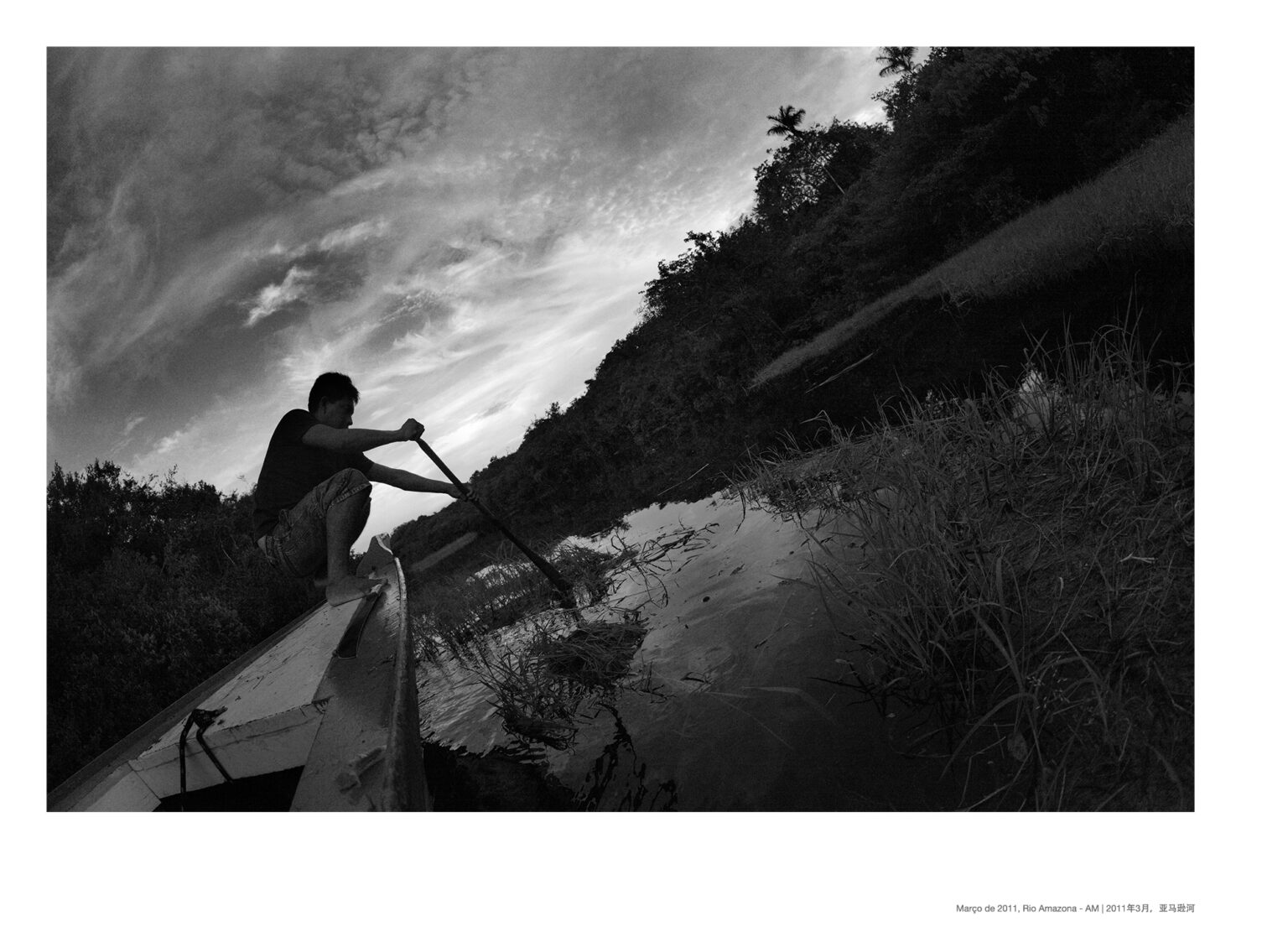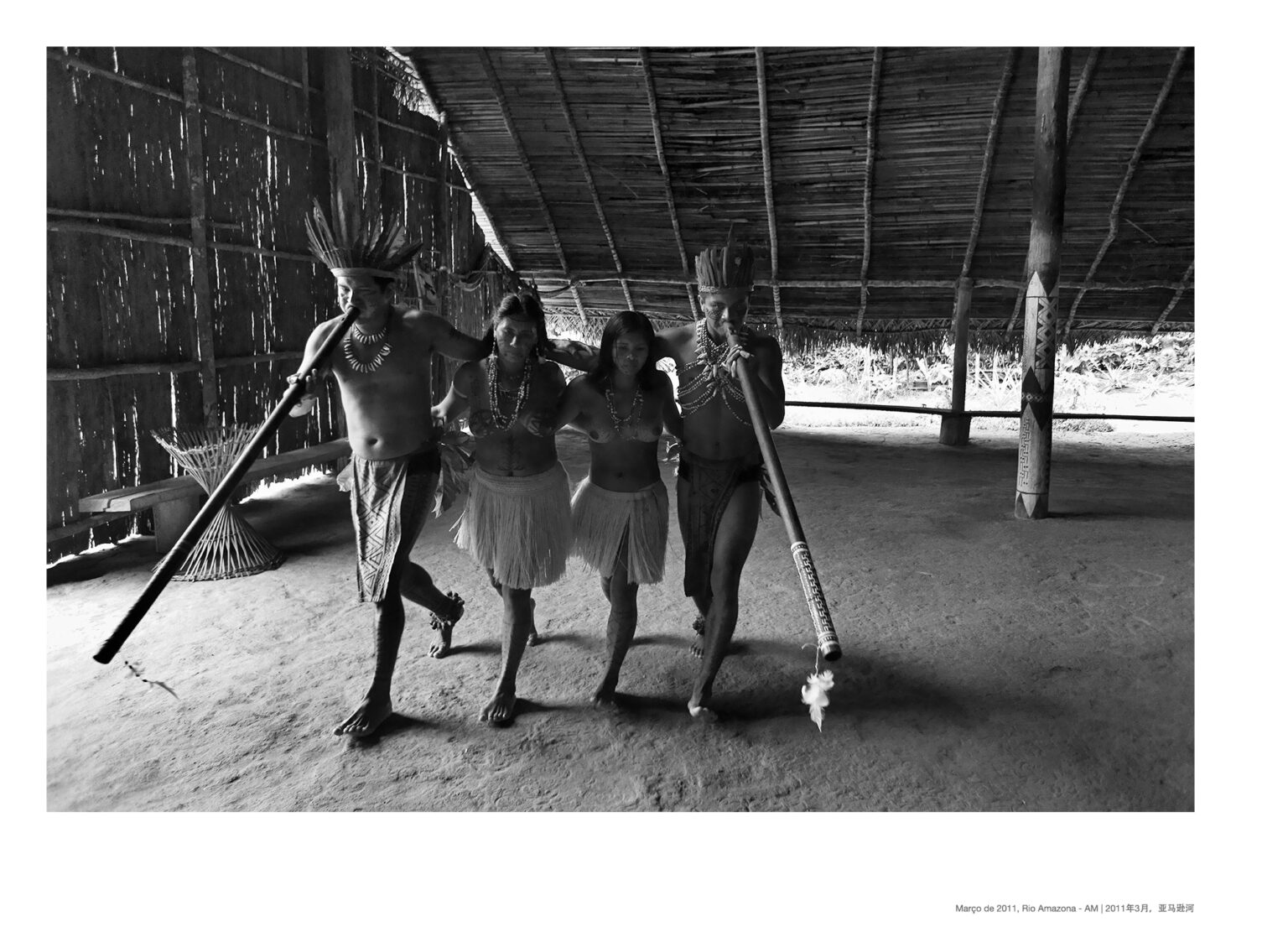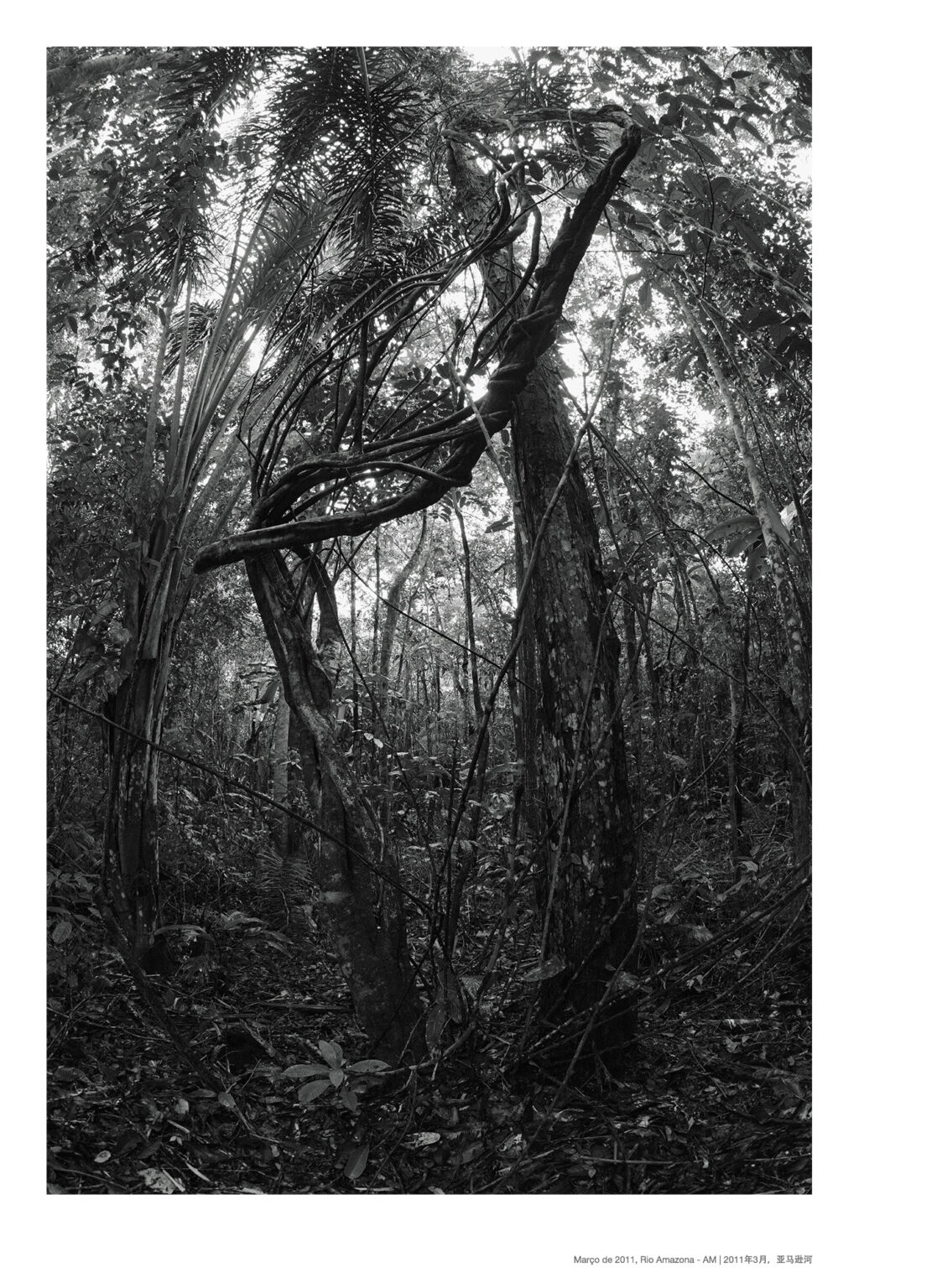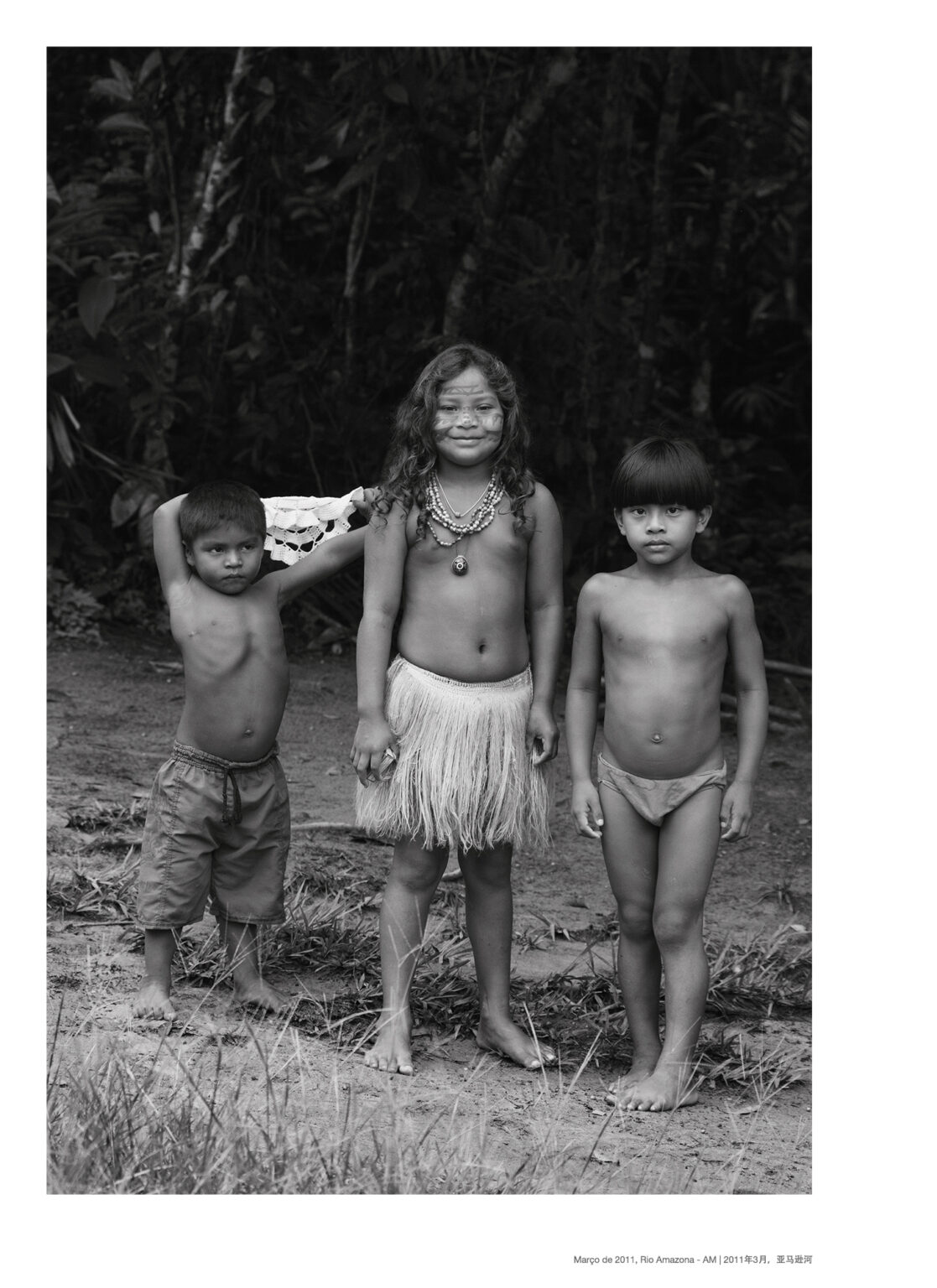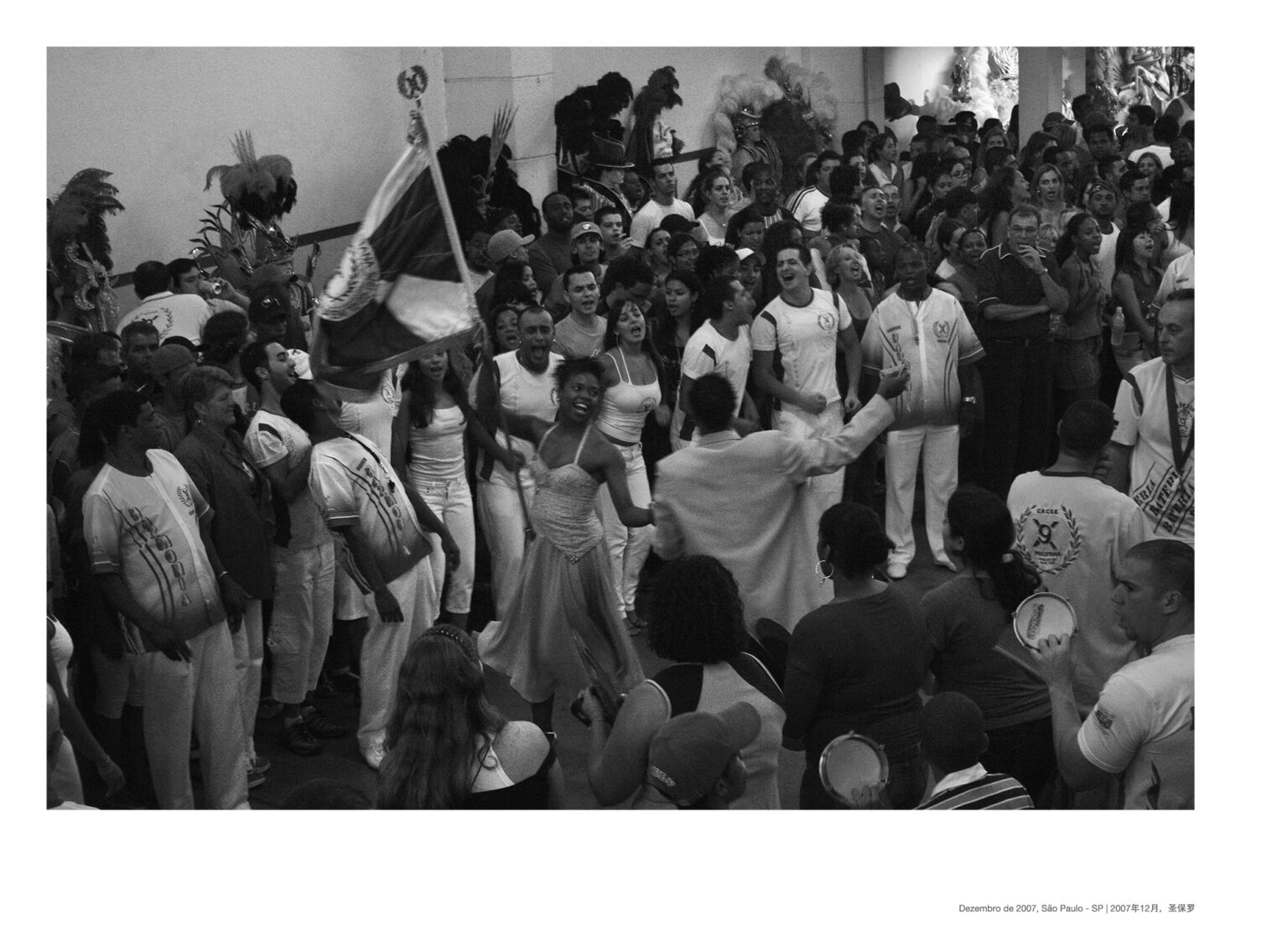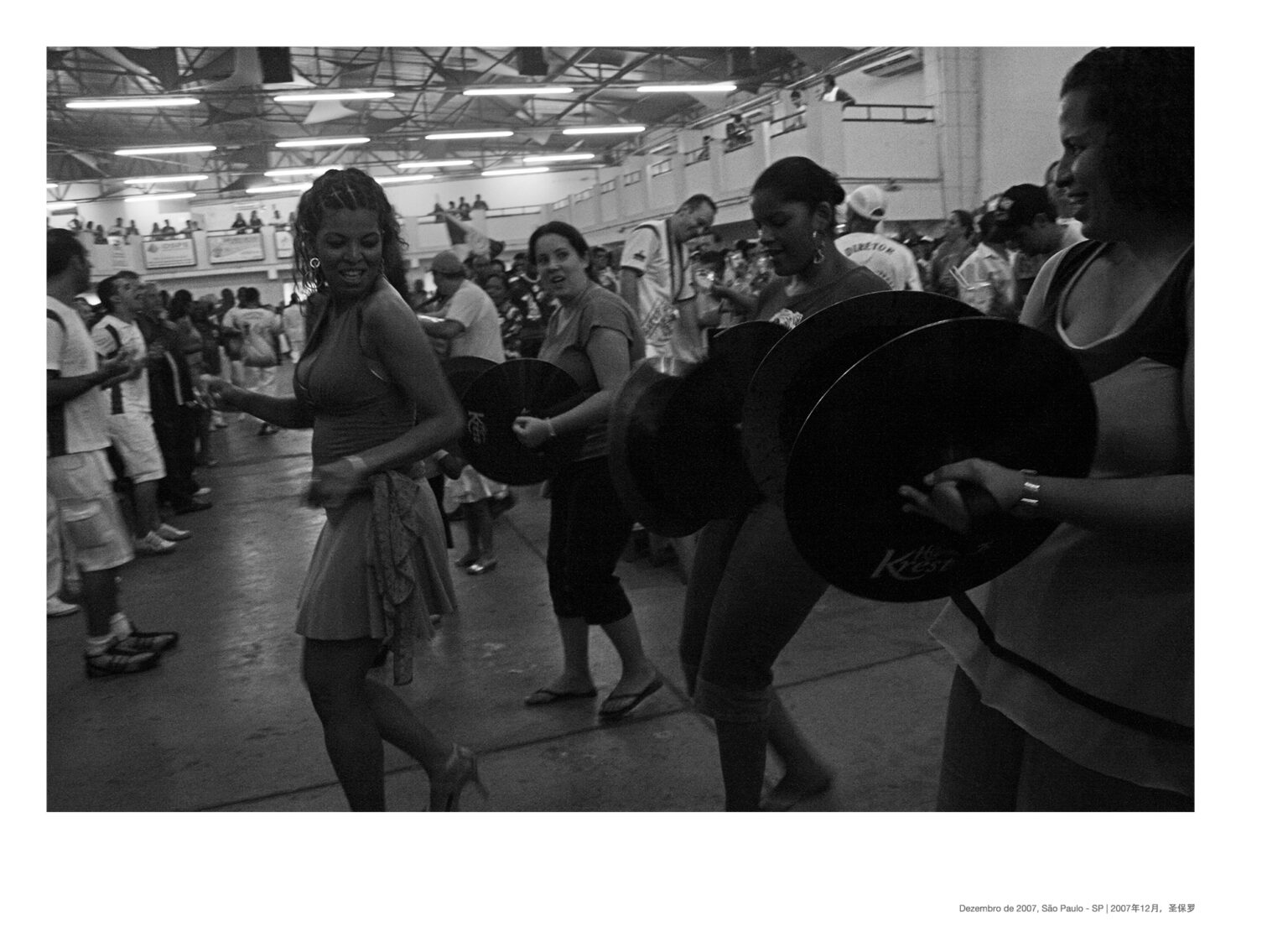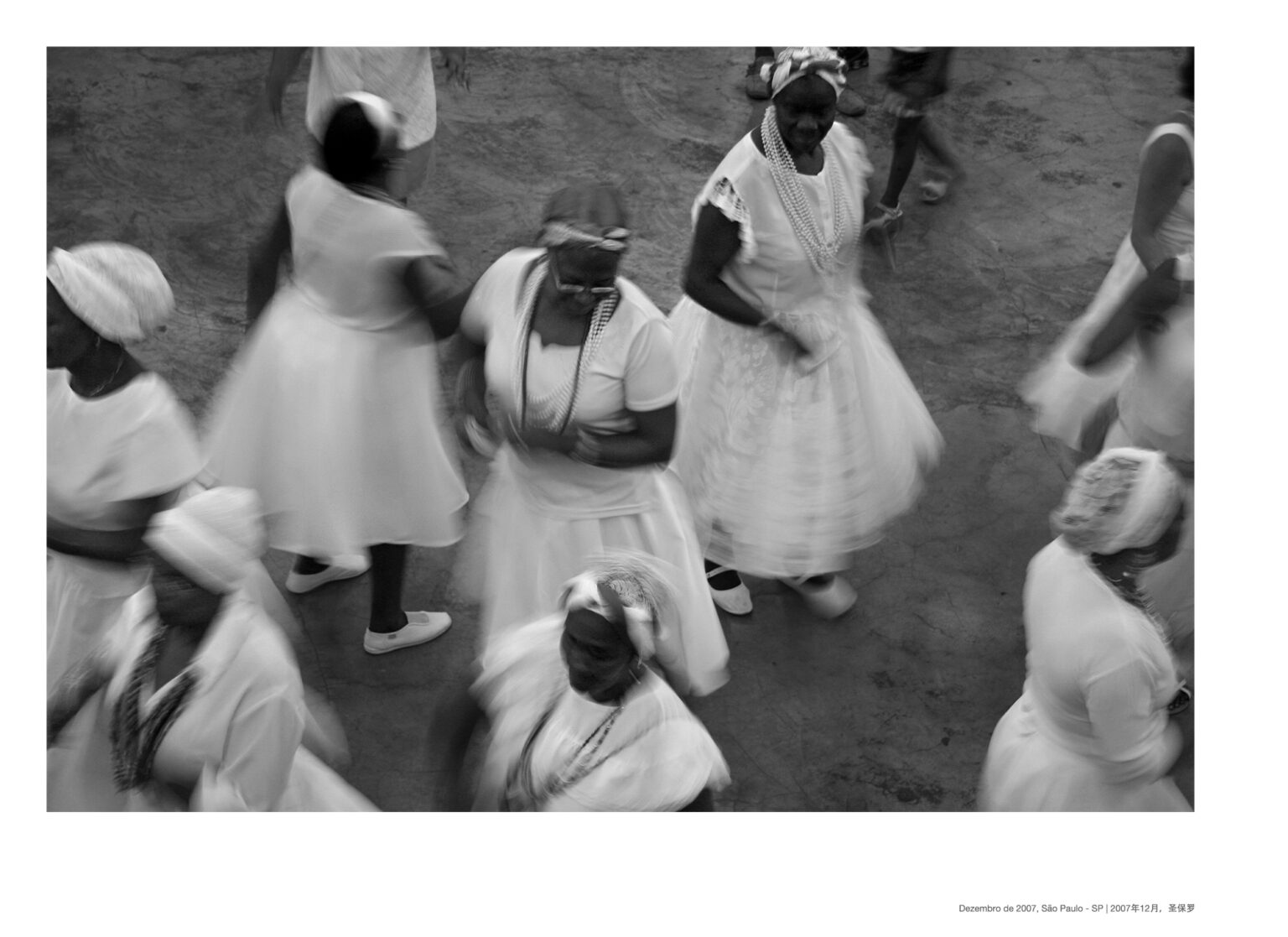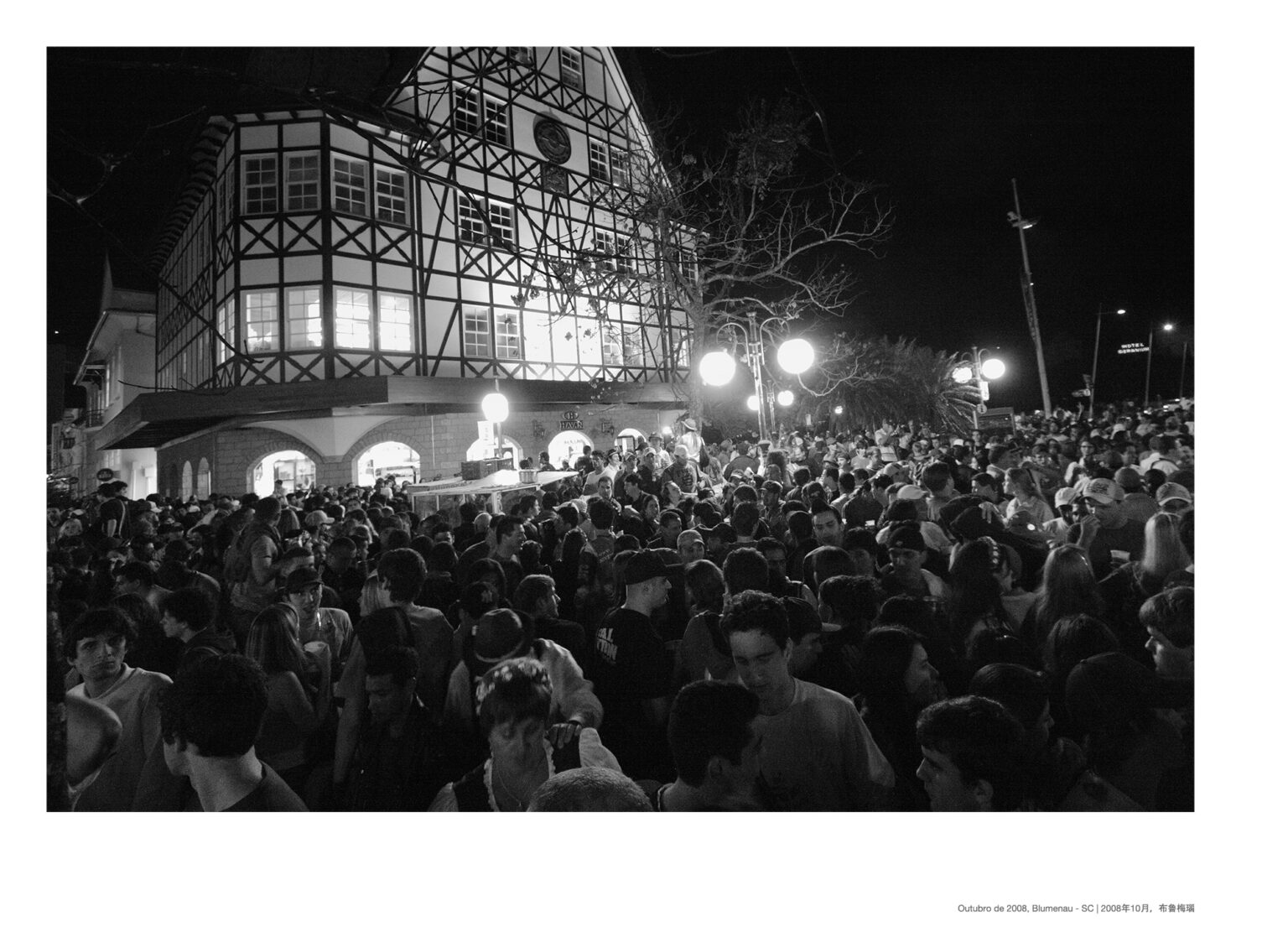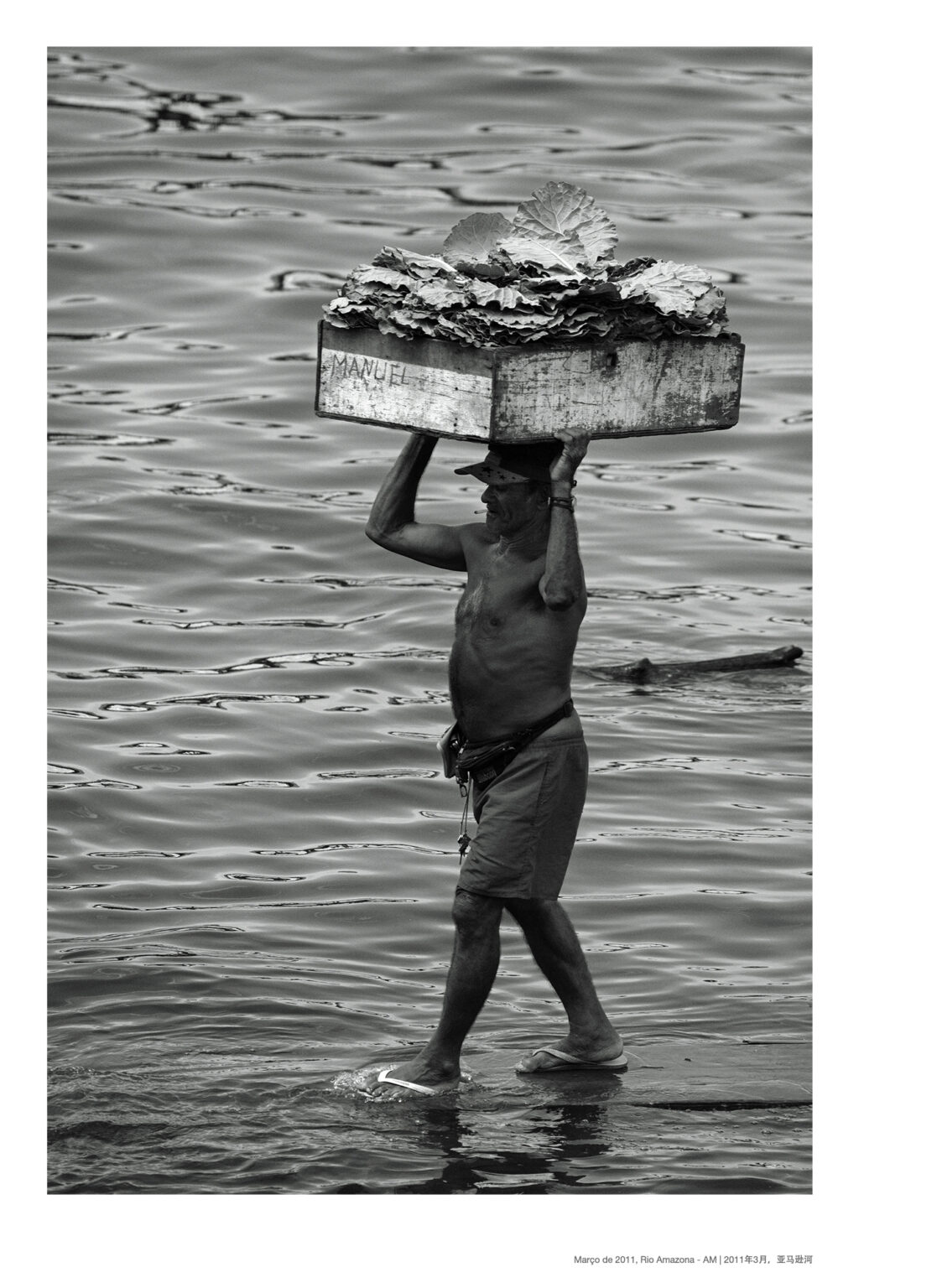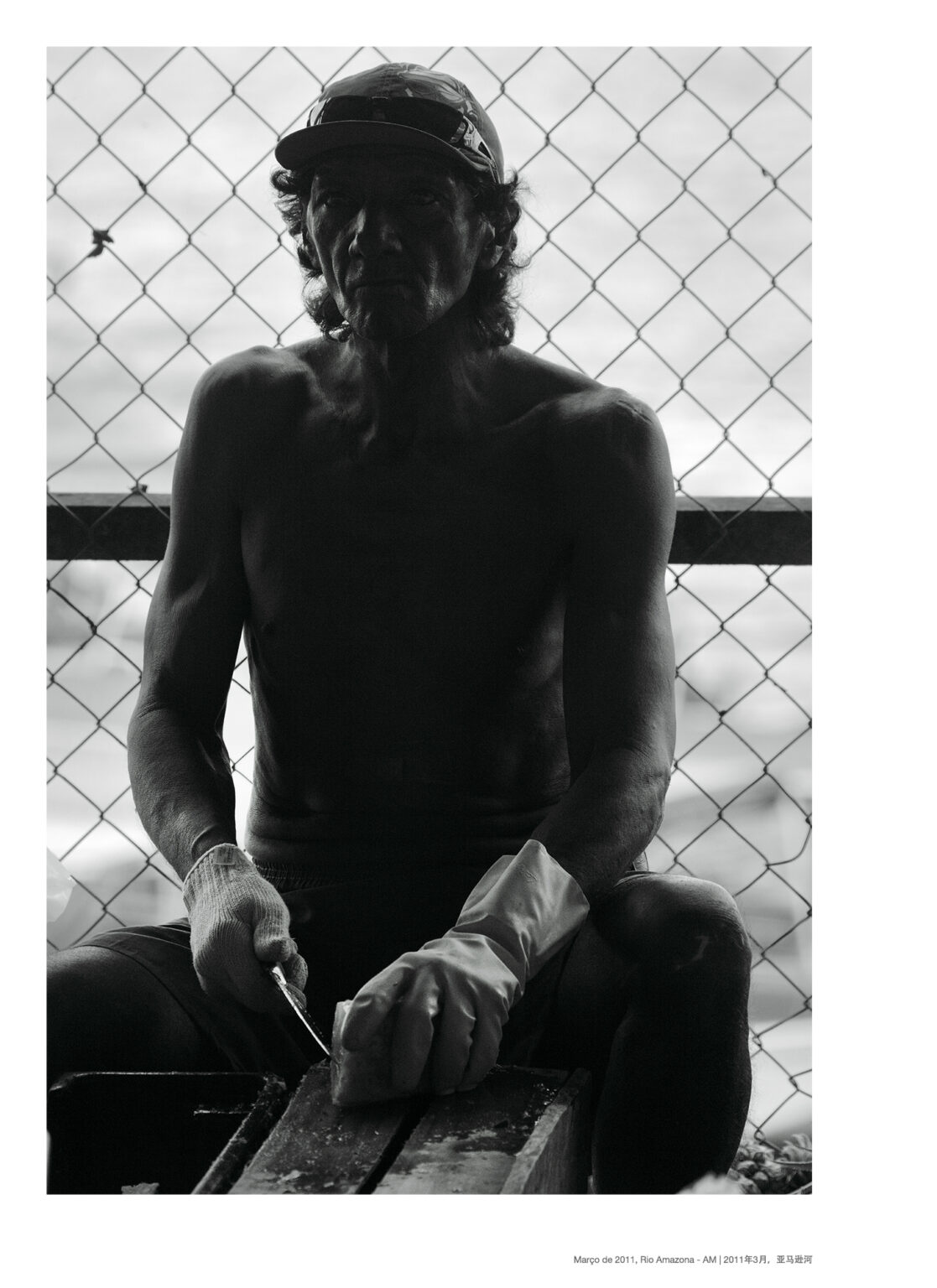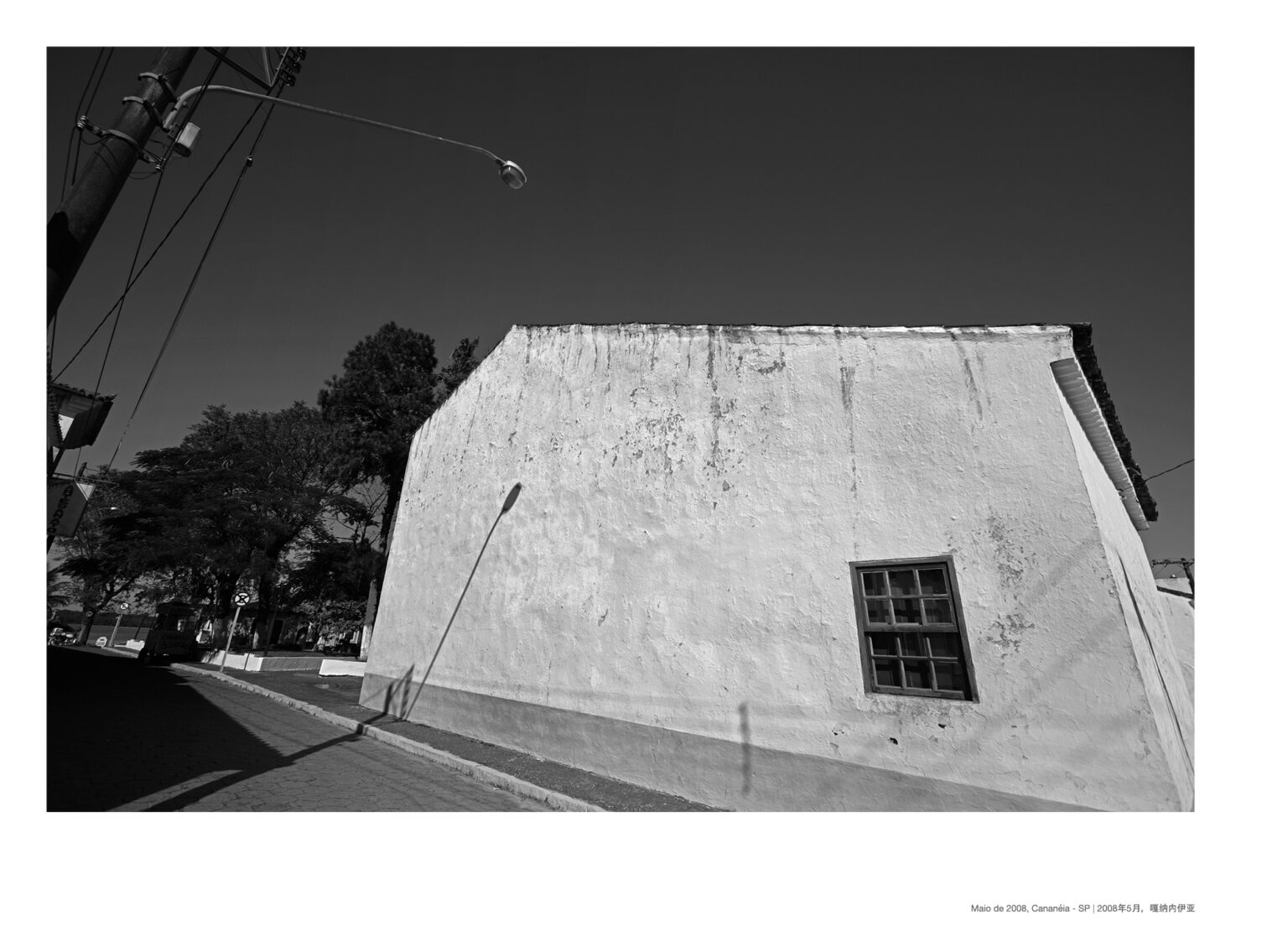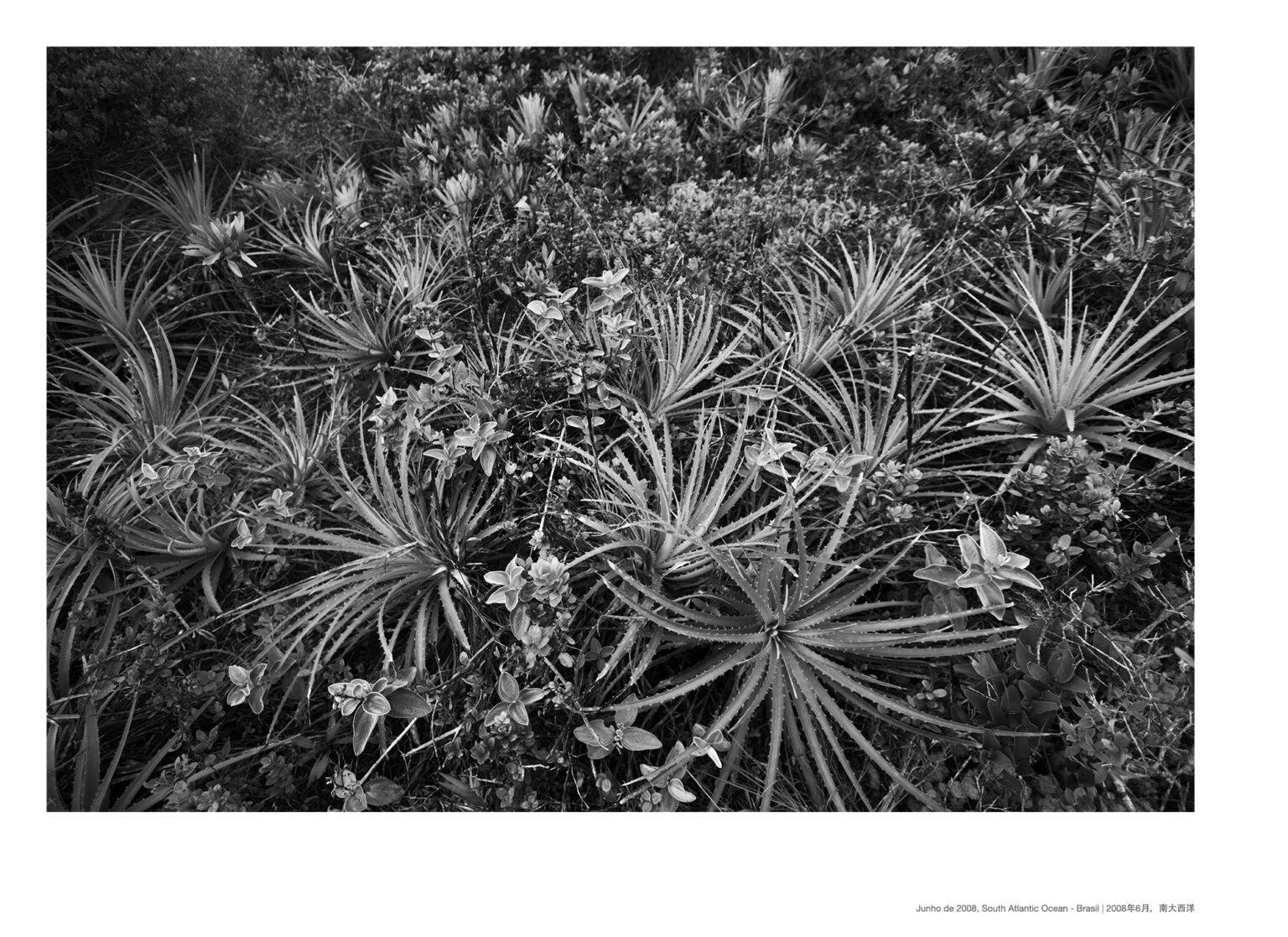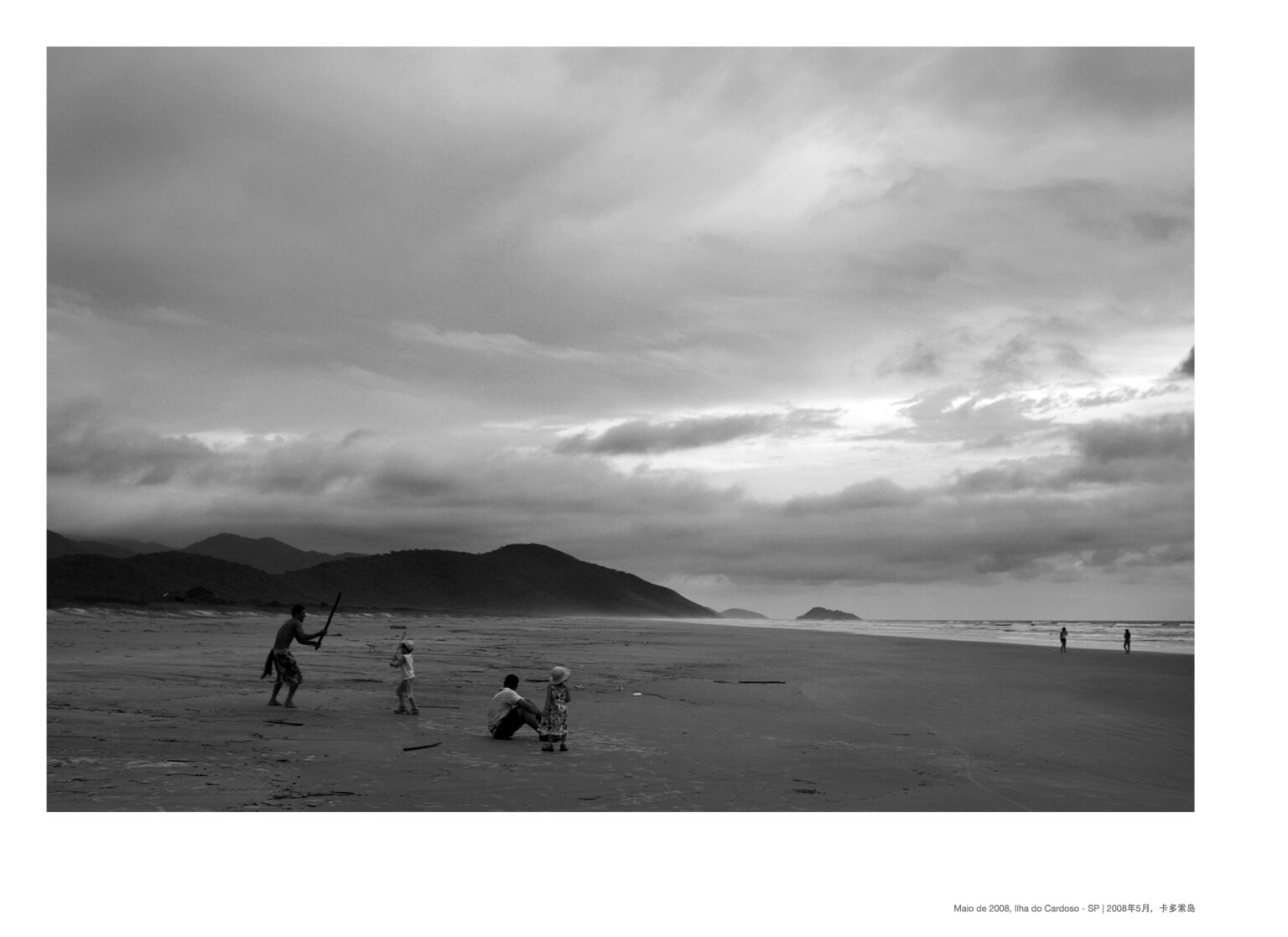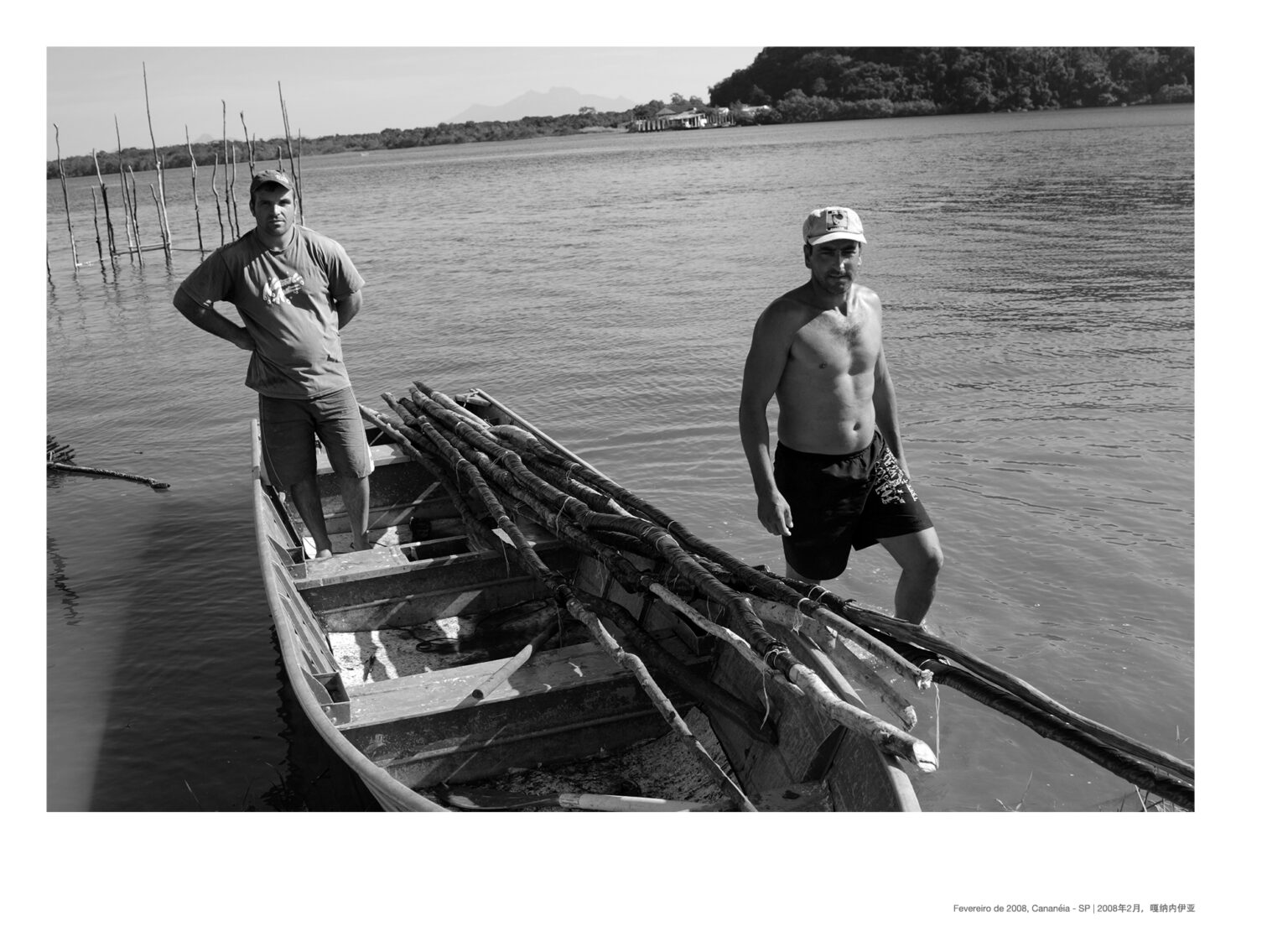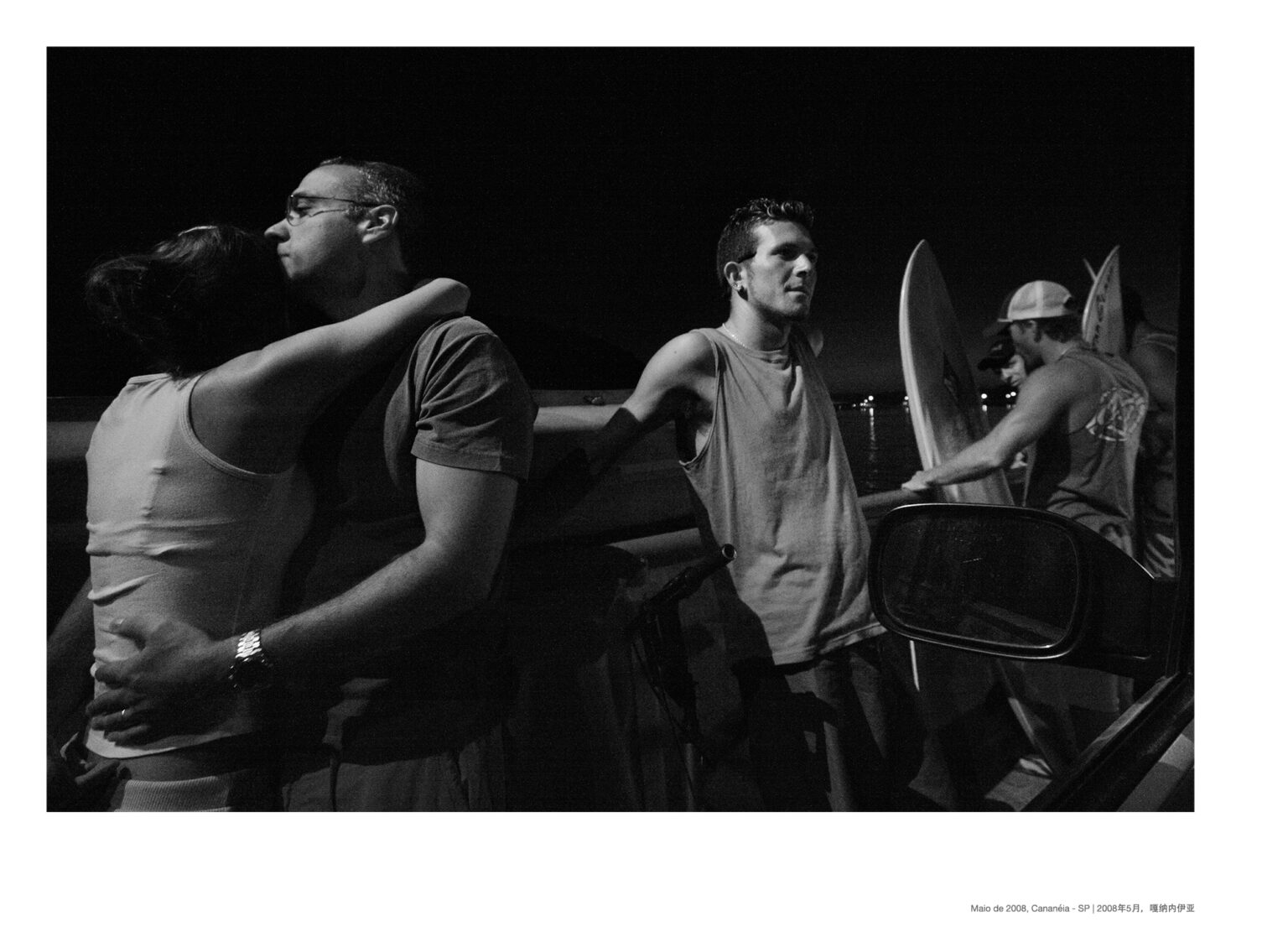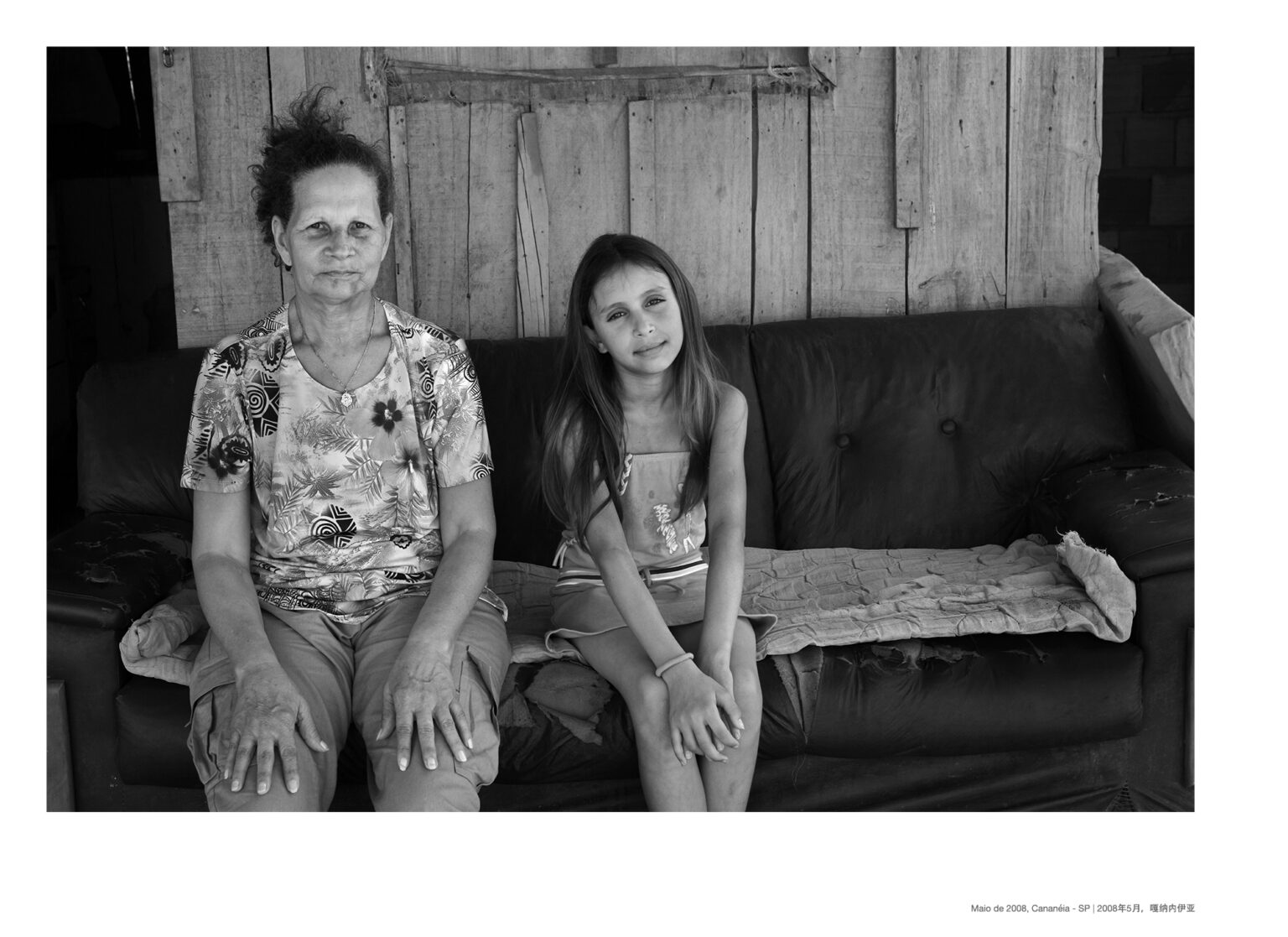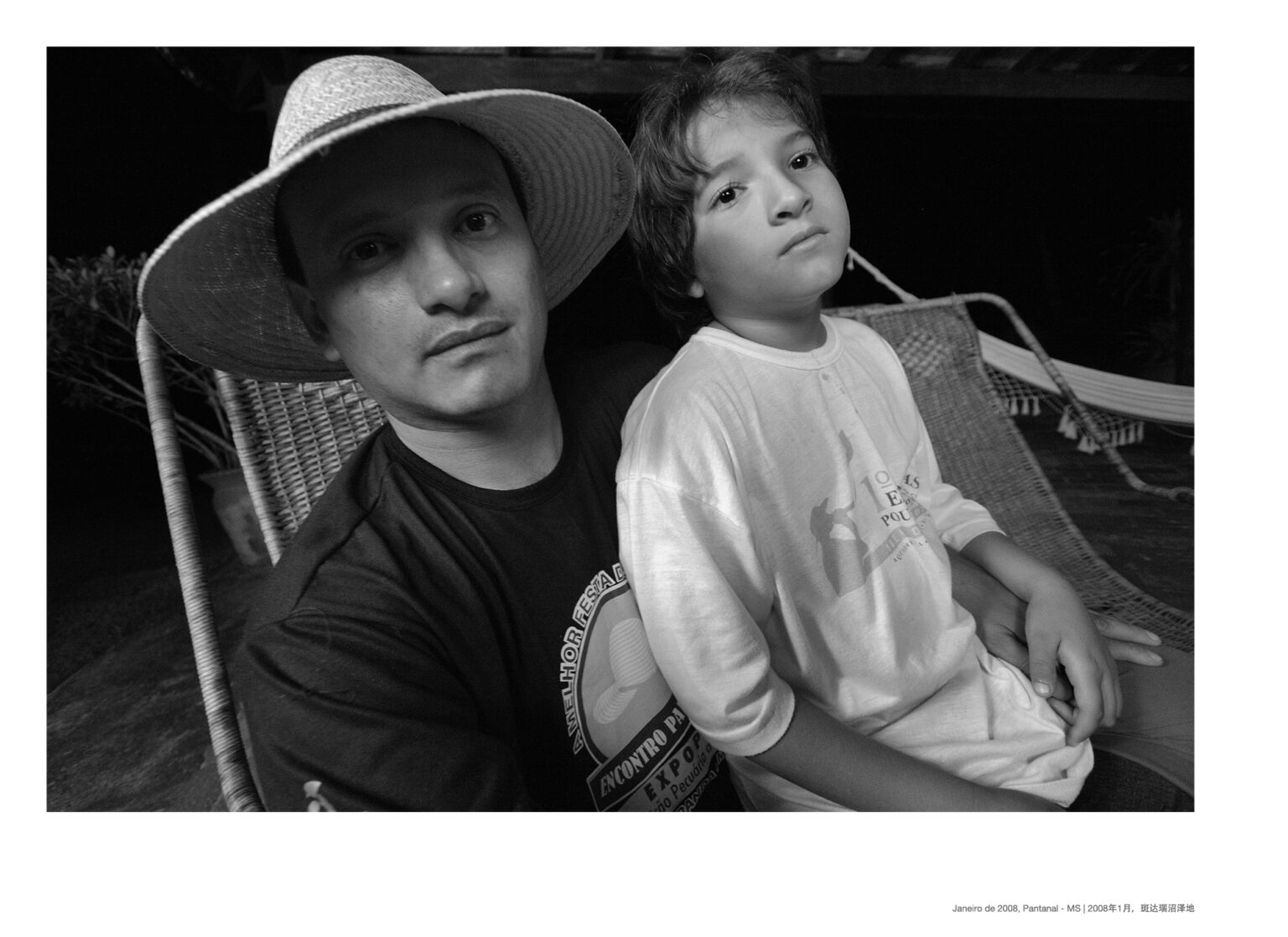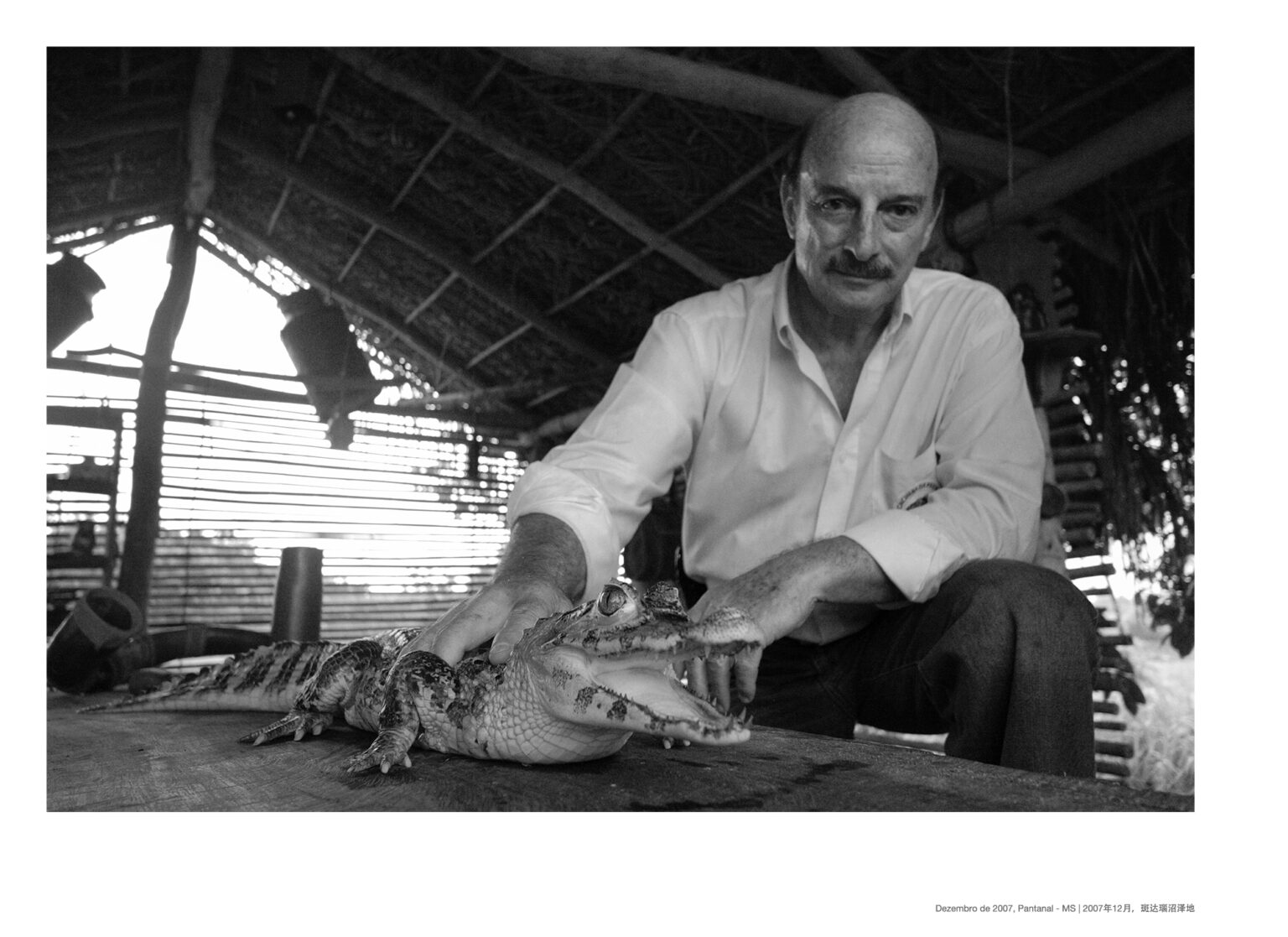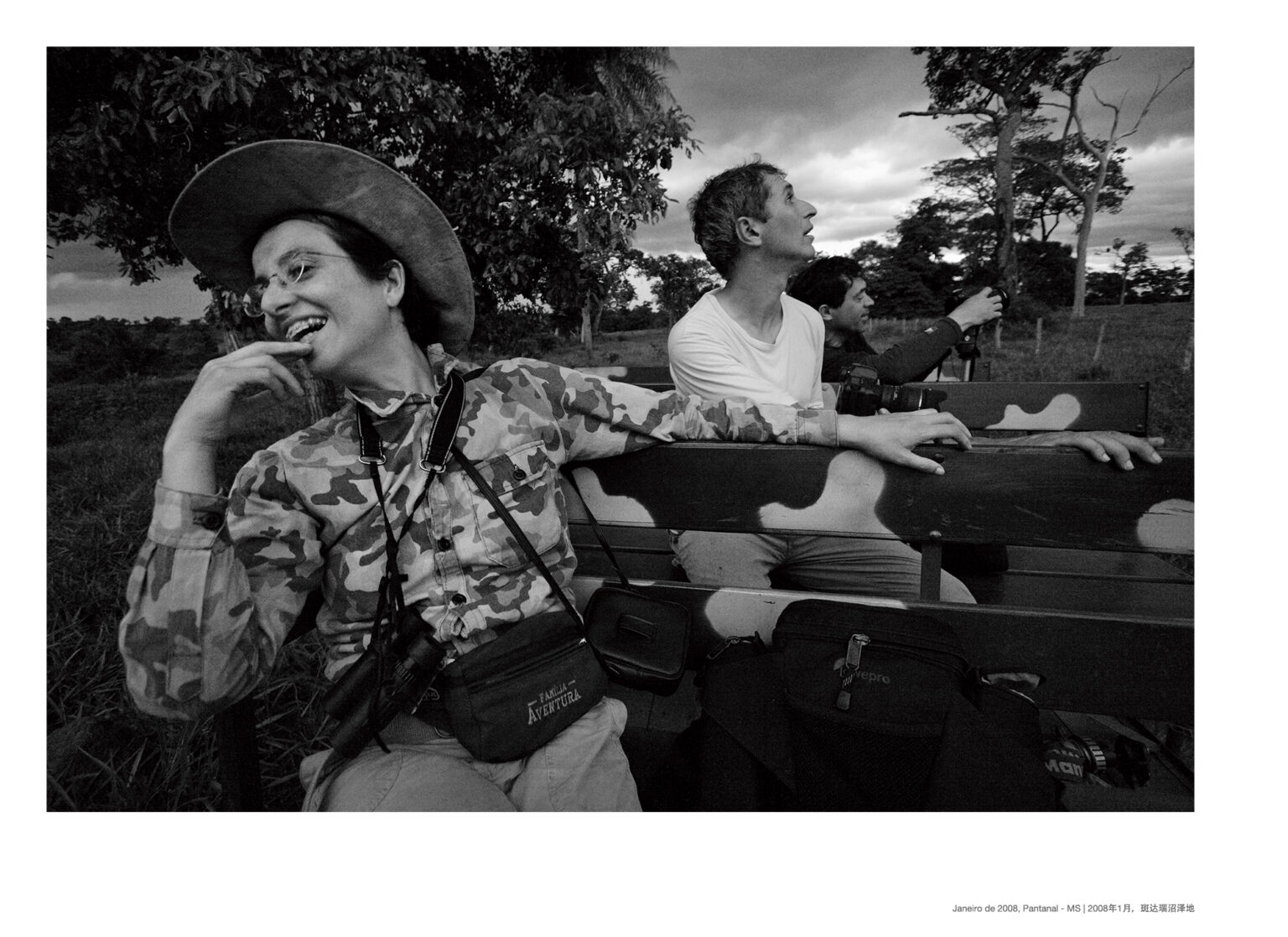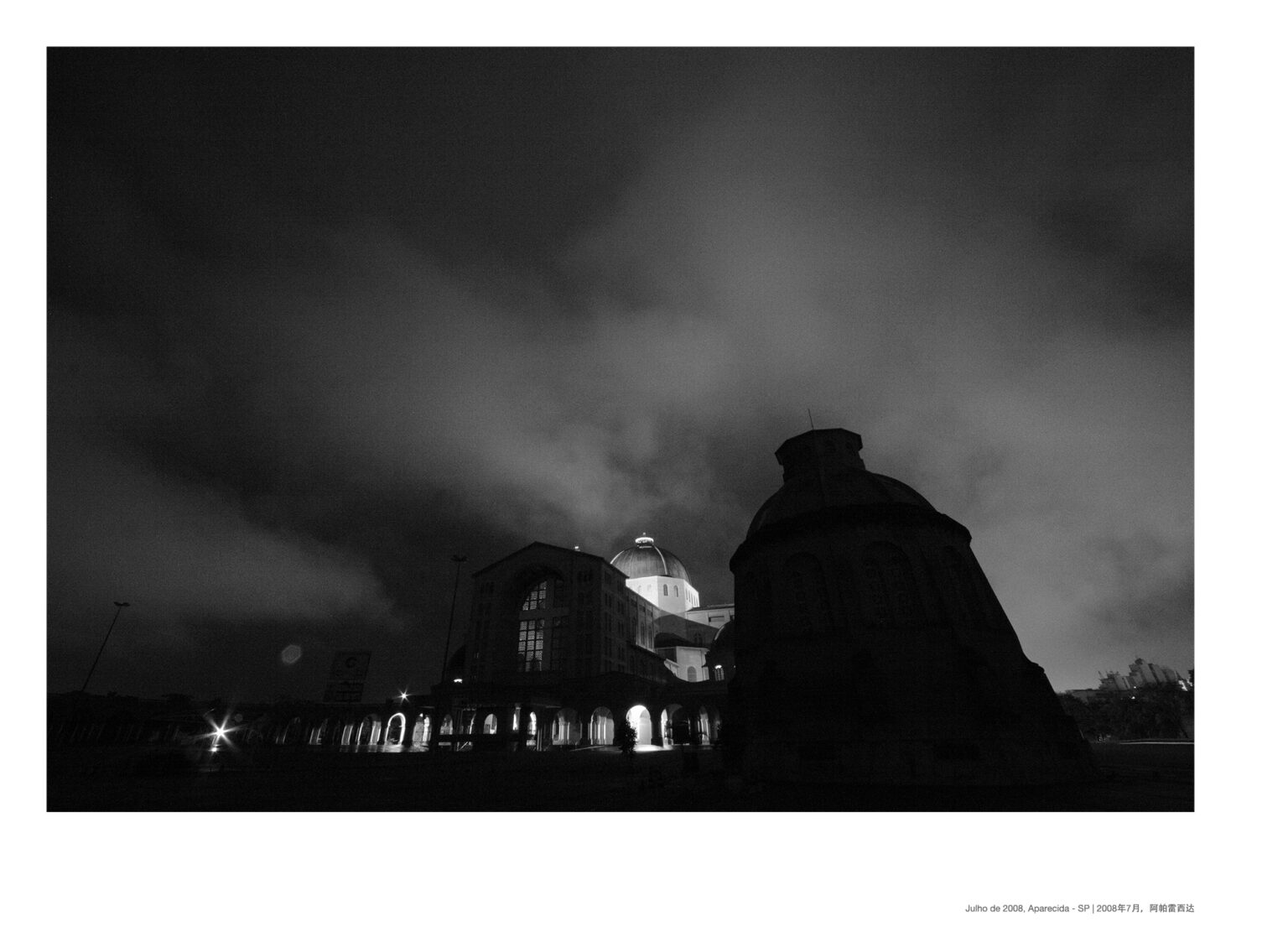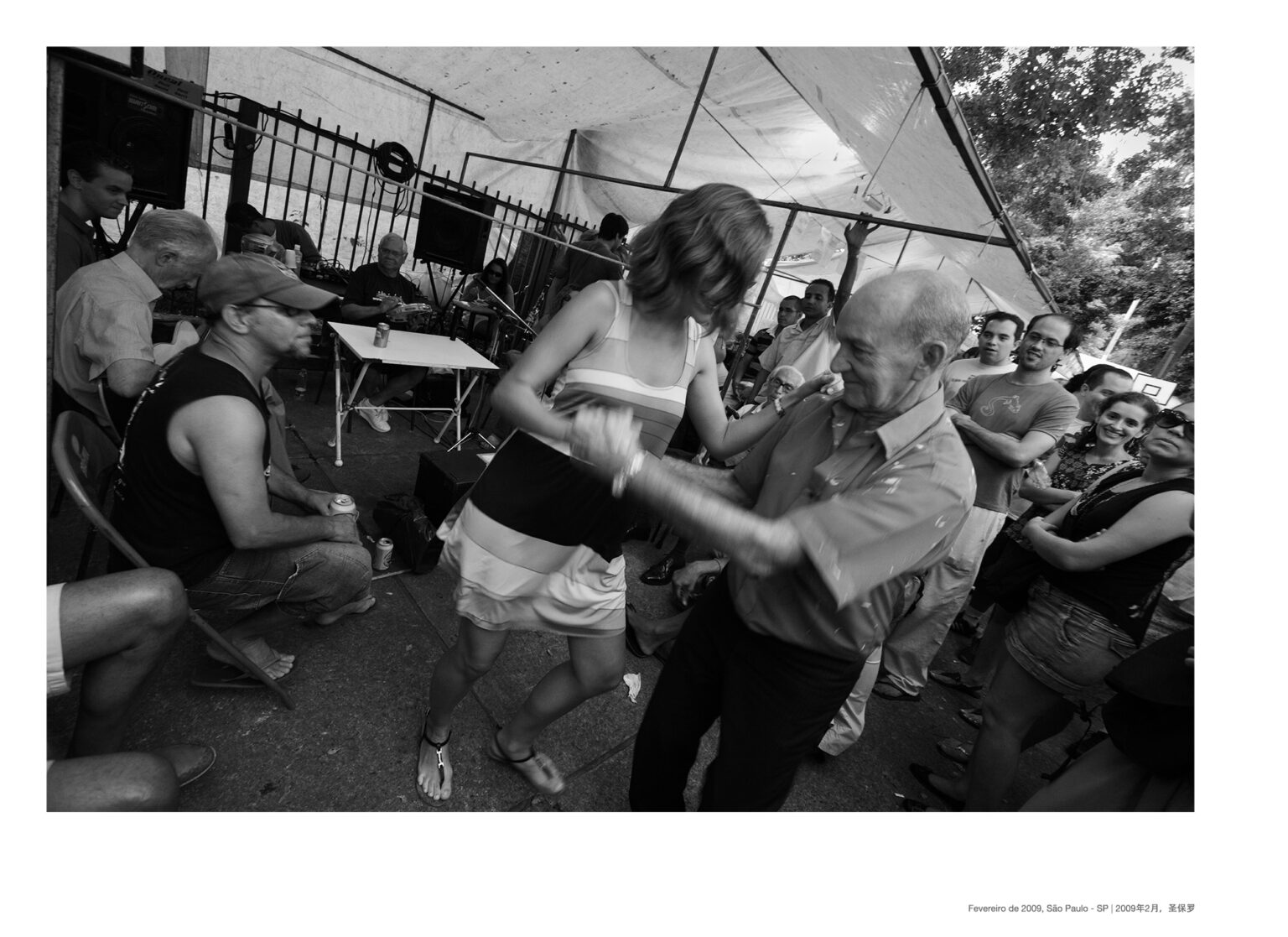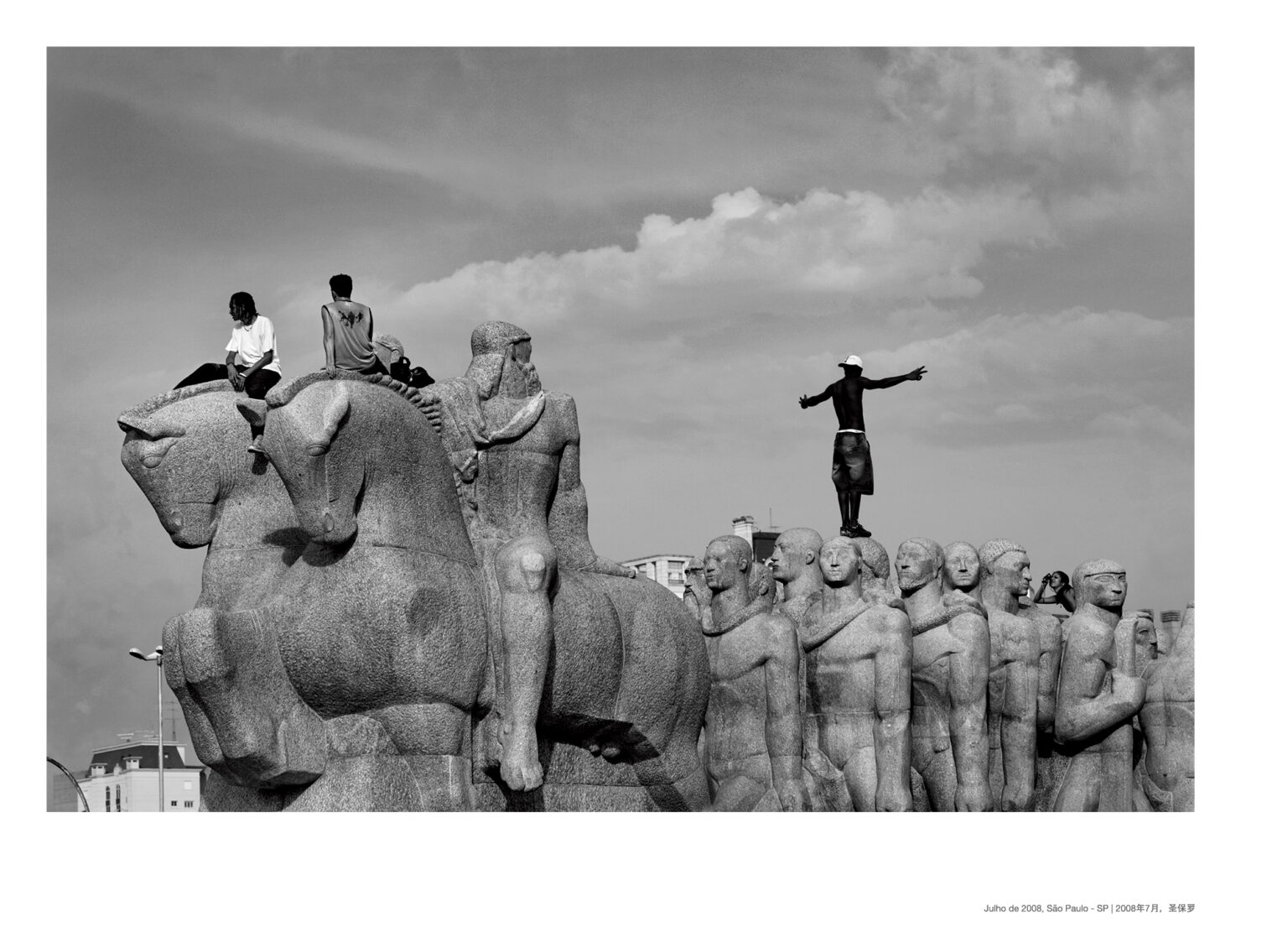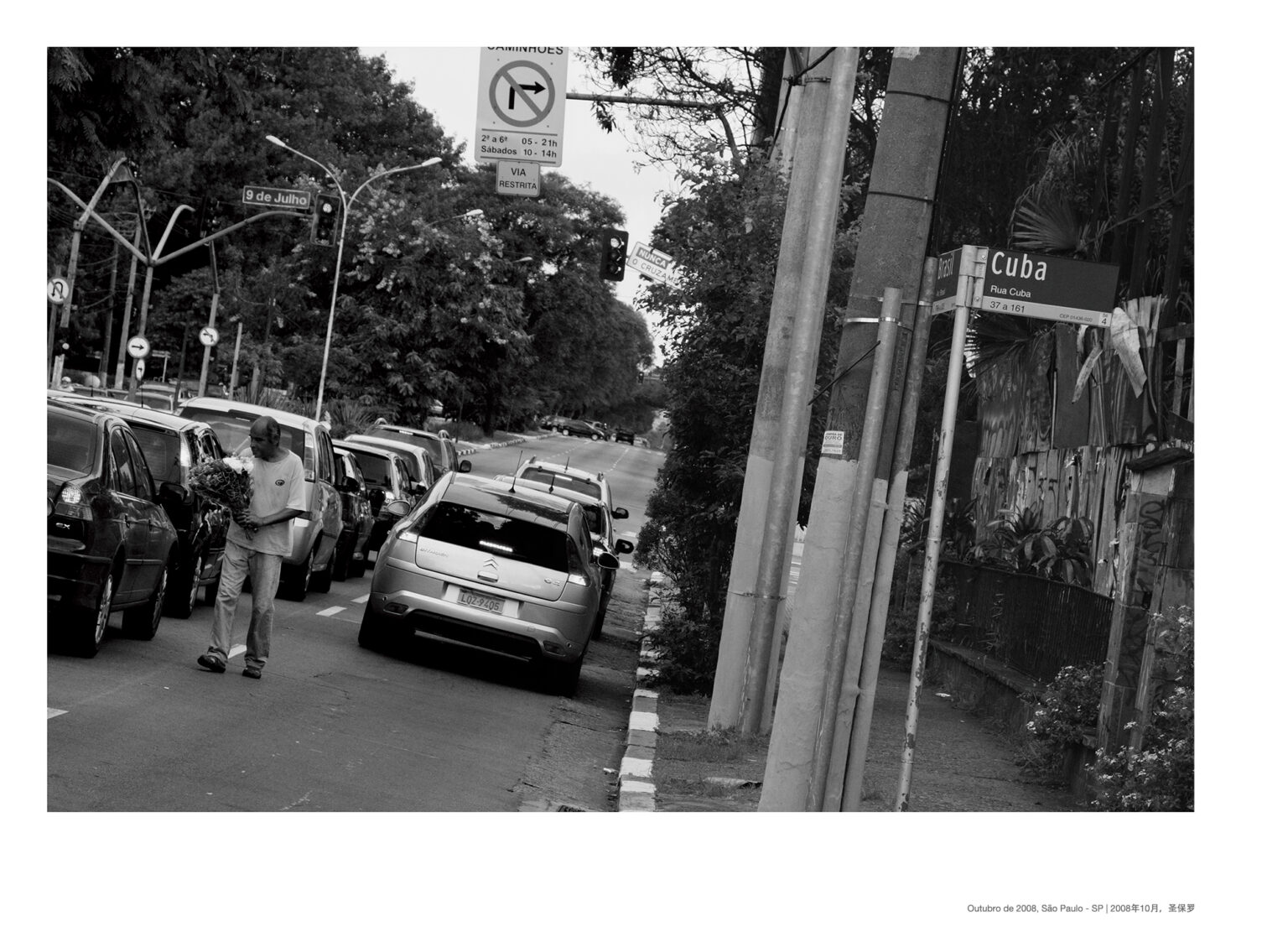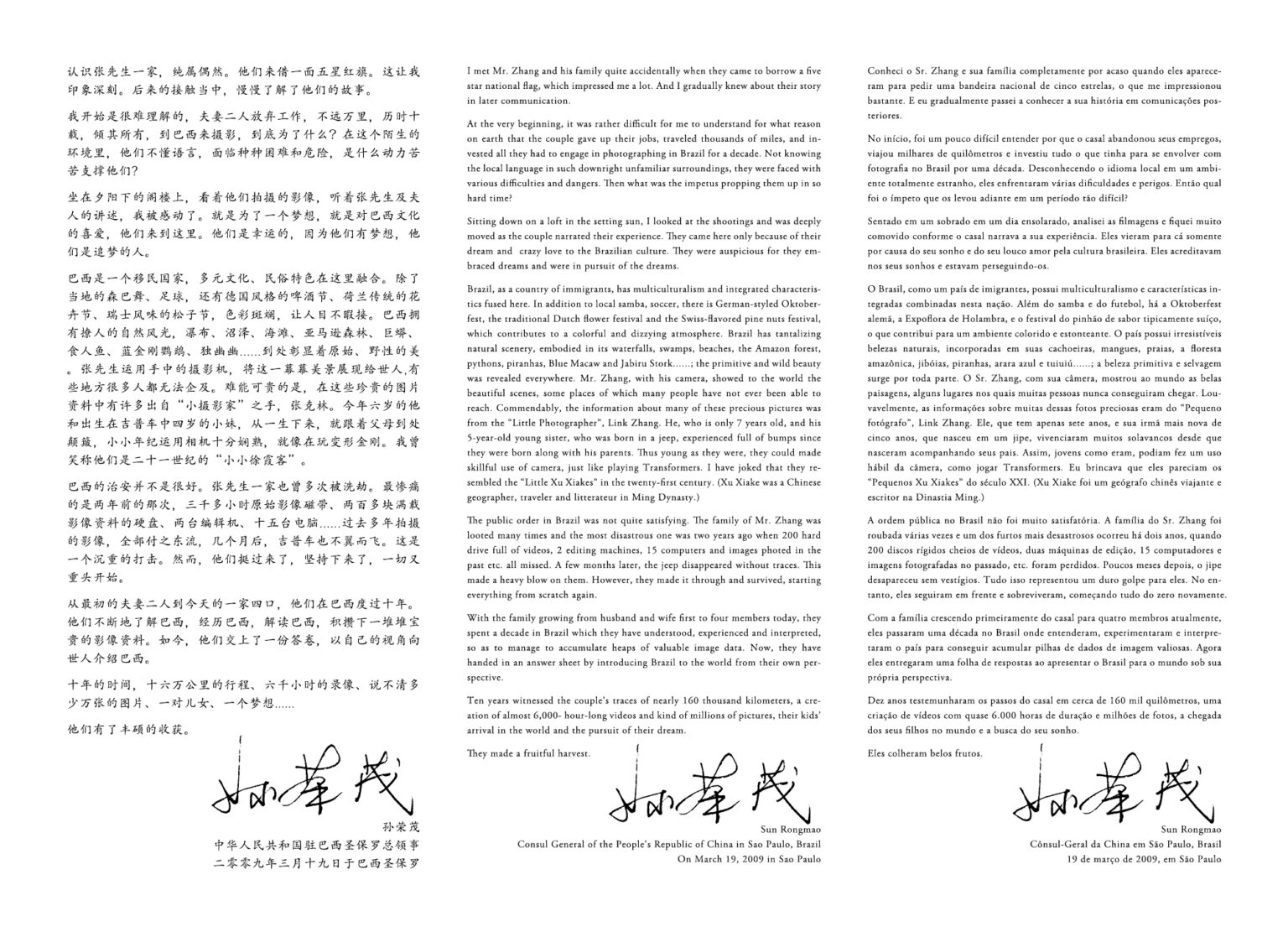Format: 55×40 cm
Papier: UlrtaSmooth Fine Art Paper, couché 250 g/m2
Typolofie: Platelet
Feuilles: 38
Publisher: Shaanxi Normal University General Publishing House Co., Ltd
ISBN 978-7-5613-5931-0
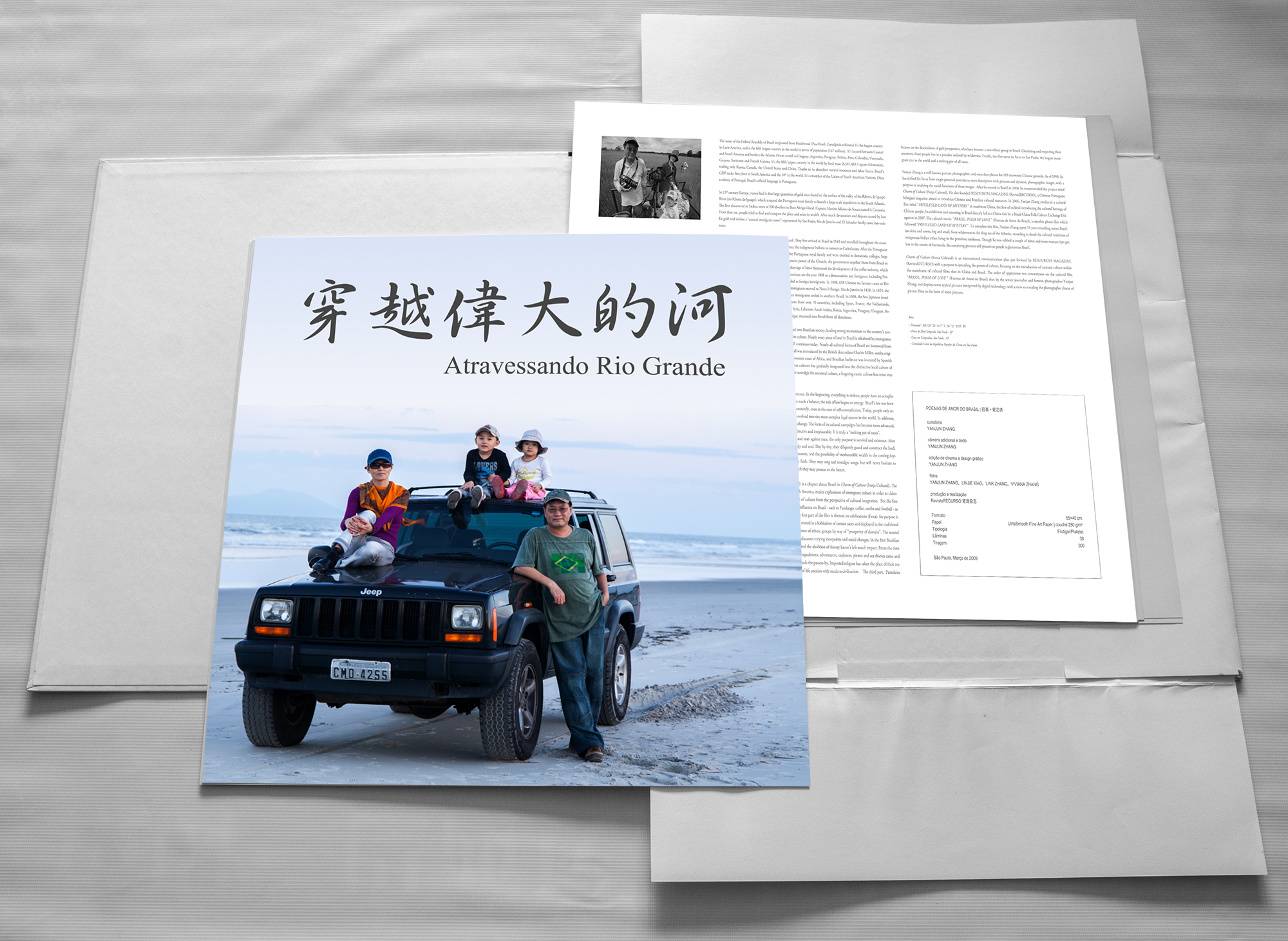
No ano de 2000, como o planejador e executor o fotógrafo chinês Yanjun Zhang e a sua esposa, com três acompanhantes brasileiros, levando câmeras digitais e equipamentos de sobrevivência mais avançados daquela época, dirigindo um Jeep fora de estrada modificado pela empresa estadunidense Chrysler Group LLC; fora de estrada da Chevrolet feito no Brasil e veículos de abastecimento Ford, começou um projeto de filmagem nunca feito antes por ninguém, filmaram no Brasil “O Charme da Cultura”. Eles partiram do São Paulo, o “caldeirão de imigrantes do mundo”, e chegaram na primeira cidade nomeado do Brasil, chamado de Cananéia. Seguindo o caminho dos garimpeiros que vieram na América do Sul, passando por uma das cidades litorâneas mais famosas da América do Sul, o Florianópolis; o capital do Estado de Paraná, o Curitiba; “a cidade alemã” Blumenau e chegando na cidade pantanal, Miranda, pela cidade entre a fronteira brasileira e boliviana chamada Corumbá entramos na região do Rio Amazonas. Toda jornada demorou 10 anos, andando ao todo 160.000 Km, tiramos mais de 200.000 fotos e 6300 horas de filmagem, 83.000 brasileiros participaram.
The photography collection concentrates on the cultural film Brazil-Poem of Love shot by the senior journalist and famous photographer Yanjun Zhang, and displays some typical pictures interpreted by digital technology, with a view to revealing the photographic charm of picture films in the form of static pictures.
The name of the Federal Republic of Brazil originated from Brazilwood (Pau-Brasil, Caesalpinia echinata) It’s the largest country in Latin America, and is the fifth largest country in the world in terms of population (167 million). It’s located between Central and South America and borders the Atlantic Ocean as well as Uruguay, Argentina, Paraguay, Bolivia, Peru, Colombia, Venezuela, Guyana, Suriname and French Guiana. It’s the fifth largest country in the world by land mass (8,547,403.5 square kilometers), trailing only Russia, Canada, the United States and China. Thanks to its abundant natural resources and labor forces, Brazil’s GDP ranks first place in South America and the 10th in the world. It’s a member of the Union of South American Nations. Once a colony of Portugal, Brazil’s official language is Portuguese.
In 15th century Europe, rumor had it that large quantities of gold were found on the surface of the valley of the Ribeira de Iguape (rio Ribeira de Iguape) river, which tempted the Portuguese royal family to launch a large-scale expedition to the South Atlantic. The fleet discovered an Indian town of 200 dwellers in Bom Abrigo Island. Captain Martim Alfonso de Souza named it Cananeia. From then on, people tried to find and conquer the place and seize its wealth. After much devastation and dispute caused by lust for gold and timber a “coastal immigrant town” represented by Sao Paulo, Rio de Janeiro and El Salvador finally came into existence.
Christian missionaries were the earliest pioneers in Brazil. They first arrived in Brazil in 1549 and travelled throughout the country. These missionaries made their best efforts to convince the indigenous Indians to convert to Catholicism. After the Portuguese colonization of Brazil, they were even supported by the Portuguese royal family and were entitled to donations, colleges, large farms and schools. However, concerned about the excessive power of the Church, the government expelled them from Brazil in 1759. In 1888 when Brazil finally abolished slavery, a shortage of labor threatened the development of the coffee industry, which directly led to an upsurge of immigration. Brazilian historians use the year 1808 as a demarcation: any foreigners, including Portuguese, who arrived in Brazil after this date are regarded as foreign immigrants. In 1808, 658 Chinese tea farmers came to Rio de Janeiro from Macau and Guangzhou. 1,682 Swiss immigrants moved to Nova Friburgo, Rio de Janeiro in 1818. In 1824, the first German immigrants came to Brazil. In 1875, Italian immigrants settled in southern Brazil. In 1908, the first Japanese immigrants landed in Sandoz Port. Subsequently, immigrants from over 70 countries, including Spain, France, the Netherlands, Turkey, Poland, Hungary, the Czech Republic, Russia, Syria, Lebanon, Saudi Arabia, Korea, Argentina, Paraguay, Uruguay, Bolivia, Peru, Chile, East Africa, Africa, Angola, Mozambique swarmed into Brazil from all directions.
Influx of large numbers of immigrants injected new blood into Brazilian society, lending strong momentum to the country’s economic development and exerting a profound impact on its culture. Nearly every piece of land in Brazil is inhabited by immigrants from different countries, and so-called “ethnic strife” still continues today. Nearly all cultural forms of Brazil are borrowed from immigrants. For instance, world-famous Brazilian football was introduced by the British descendant Charles Miller, samba originated from Umbigadas erformed by black slaves in the western coast of Africa, and Brazilian barbecue was invented by Spanish Castilian people. This incredibly complex origin of diverse cultures has gradually integrated into the distinctive local culture of Brazil. With clan features fading away and an inexplicable nostalgia for ancestral culture, a lingering exotic culture has come into being.
Advocating native culture is originally used for gaining interest. In the beginning, everything is violent; people have no scruples and work only towards possessive purpose. When all forces reach a balance, the rule of law begins to emerge. Brazil’s law was born out of coffee conflict and its contents have been revised constantly, even at the cost of self-contradiction. Today, people only remember the coffee czar from his status. Brazilian law has evolved into the most complex legal system in the world. In addition, the new rules, suitable for the new regime, are also hard to change. The form of its cultural campaigns has become more advanced, and has greater impact as well. Brazil today is unique, distinctive and irreplaceable. It is truly a “melting pot of races”.
In the struggle of man against nature, man against beast, and man against man, the only purpose is survival and existence. Men stubbornly cling to their piece of conquered land with body and soul. Day by day, they diligently guard and construct the land, for this boundless territory has too many meaningful unknowns, and the possibility of inexhaustible wealth in the coming days also shores up their tenacious persistence and unshakable faith. They may sing sad nostalgic songs, but will never hesitate to defend the wealth they now possess and access to that which they may possess in the future.
Brazil·Poem of Love is a chapter about Brazil in Charm of Culture. The film follows Yanjun Zhang’s videotaped travel across South America, makes exploration of immigrant culture in order to elaborate on the social reality in Brazil, and describes the might of culture from the perspective of cultural integration. For the first time, it shows to people the cultural forms that have most influence on Brazil – such as Fandango, coffee, samba and football – as well as the gorgeous natural scenery in South America. The first part of the film is themed on celebrations. Its purpose is to create “collective ebullience”, popular among all regions, rooted in a habitation of certain races and displayed in the traditional form. The film explores racial conflicts for enlarging the power of ethnic groups by way of “prosperity of domain”. The second part, “Our Sea, the Sea of the World” discusses varying viewpoints and social changes. In the first Brazilian town named by colonists, state modernization and the abolition of slavery haven’t left much impact. From the time when the Portuguese landed to the period when countless expeditions, adventurers, explorers, pirates and sea thieves came and left, the local inhabitants have lost their initial curiosity towards the passers-by. Imported religion has taken the place of their traditional faith and ceremonies and the Indian’s ancient way of life coexists with modern civilization. The third part, Pantaleiro focuses on the descendants of gold prospectors, who have become a new ethnic group in Brazil. Cherishing and respecting their ancestors, these people live in a paradise isolated by wilderness. Finally, the film turns its focus to Sao Paulo, the largest immigrant city in the world and a melting pot of all races.
Yanjun Zhang is a well-known portrait photographer, and once shot photos for 109 renowned Chinese generals. As of 1998, he has shifted his focus from single personal portraits to story description with pictures and dynamic photographic images, with a purpose to studying the social functions of these images. After he moved to Brazil in 2000, he masterminded the project titled Charm of Culture. He also founded RevistaRECURSO Resources Magazine, a Chinese-Portuguese bilingual magazine aimed to introduce Chinese and Brazilian cultural resources. In 2006, Yanjun Zhang produced a cultural film titled Heaven and Earth in southwest China, the first of its kind introducing the cultural heritage of Chinese people. Its exhibition and screening in Brazil directly led to a China visit by a Brazil-China Folk Culture Exchange Delegation in 2007. The cultural movie, Brazil-Poem of Love, is another photo film which followed Heaven and Earth. To complete this film, Yanjun Zhang spent 10 years travelling across Brazilian cities and towns, big and small, from wilderness to the deep sea of the Atlantic, recording in detail the cultural traditions of indigenous Indian tribes living in the primitive rainforest. Though he was robbed a couple of times and most manuscripts got lost in the course of his travels, the remaining pictures still present to people a glamorous Brazil.

